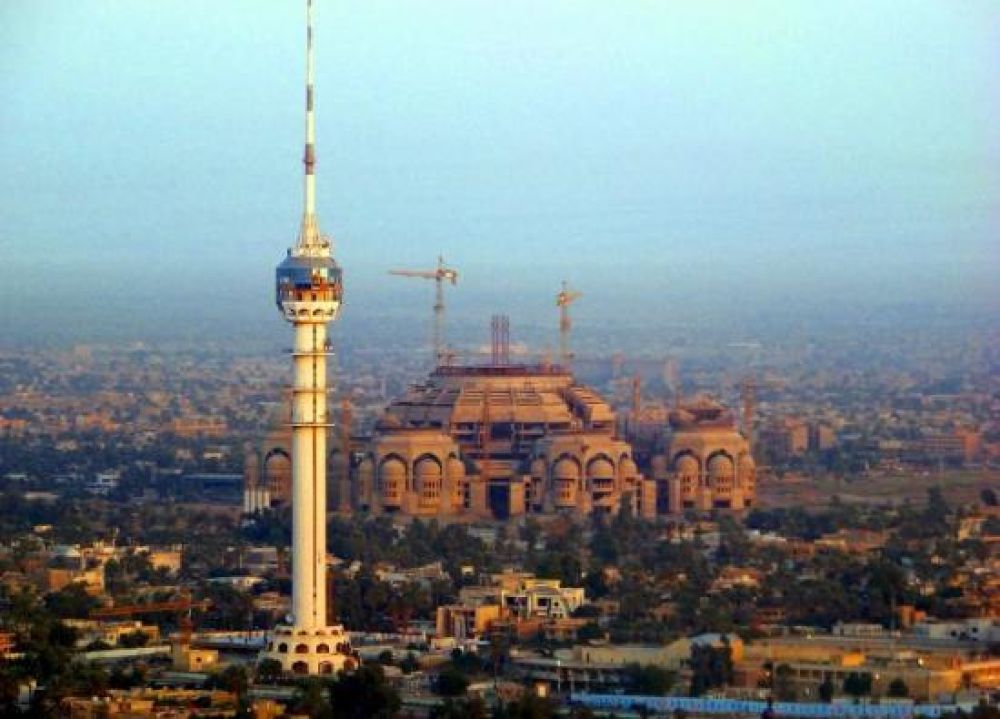

The Baghdad Tower, previously known as the International Saddam Tower, is not just a communications structure but also a historical beacon in Baghdad, Iraq. Constructed in 1994 during the reign of Saddam Hussein, the tower stands at an impressive height of 205 meters (672 ft). Although its history is relatively short compared to ancient monuments in the country, Baghdad Tower has witnessed the turbulent events that have unfolded in Iraq, particularly during the Gulf War and the subsequent conflicts that followed.
During the years of conflict in Iraq, tourism was severely affected. Historical sites and cultural treasures suffered damage, and the safety concerns significantly reduced the number of visitors to the region. Baghdad Tower itself has been a target during military conflicts, with its telecommunications equipment being compromised. However, it has stood firm, quite literally, surviving the ordeals and serving as a symbol of the city's enduring spirit.
In recent years, there has been a concerted effort to regenerate tourism in Iraq. The government and international organizations have been working together to restore historic sites and improve infrastructure and safety for tourists. Baghdad Tower has been part of this regeneration effort. Not only does it serve as a functional telecommunications tower, but it also provides a unique vantage point for visitors to view the city from its revolving restaurant and observation deck, which were reinstated as symbols of normalcy and progress.
Current trends in Baghdad's tourism focus on cultural and historical exploration, with visitors seeking to understand the rich past and present of this ancient city. Tourists are slowly returning to landmarks such as the iconic Al-Shaheed Monument, the National Museum of Iraq, and the historic Al-Kadhimiya Mosque. The Baghdad Tower contributes to this trend by offering panoramic views of the city's landscape, allowing visitors to gain a unique perspective on Baghdad's blend of ancient heritage and modern progress. Educational tours and increased promotion of safe travel within Baghdad are part of the broader strategy to rekindle interest in the area's tourism potential.
Looking to the future, there is hope for a resurgence in Baghdad's tourism industry. Initiatives such as the Revive the Spirit of Mosul project by UNESCO, which focuses on the reconstruction of the historic city of Mosul, are indicative of a larger trend towards cultural preservation and tourism development across Iraq. Baghdad Tower stands as a testament to the country's resilience and its potential for revival as a tourism destination that offers a blend of historical insights and contemporary experiences.
Those who visit Baghdad Tower today can expect enhanced security measures and a warm welcome from locals eager to share their city's story. The city itself offers a plethora of experiences, from exploring ancient monuments, museums, and mosques to tasting authentic Iraqi cuisine and shopping for traditional crafts. The tower beckons visitors keen to see Baghdad's transformation and to experience firsthand the hospitality that Iraqis are known for.